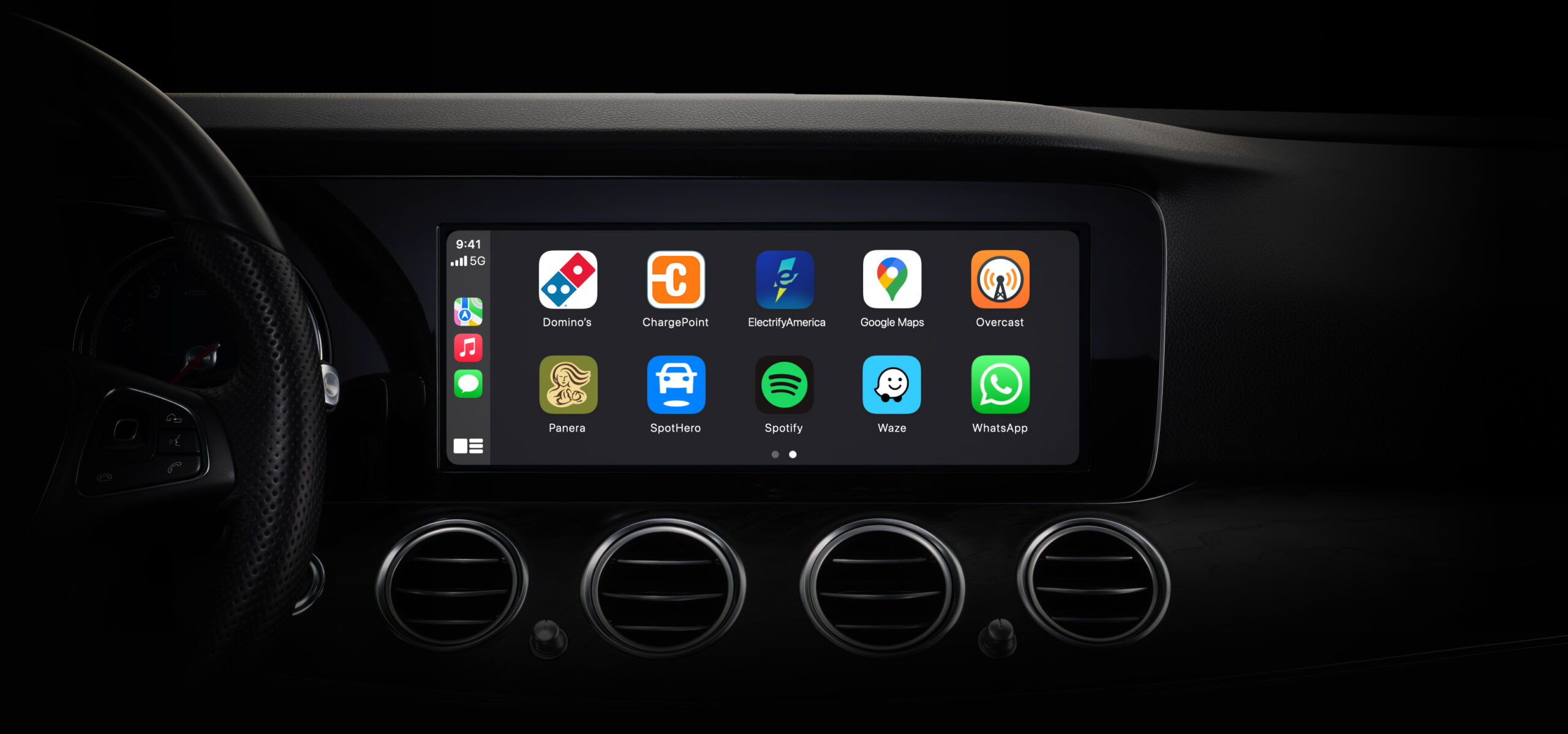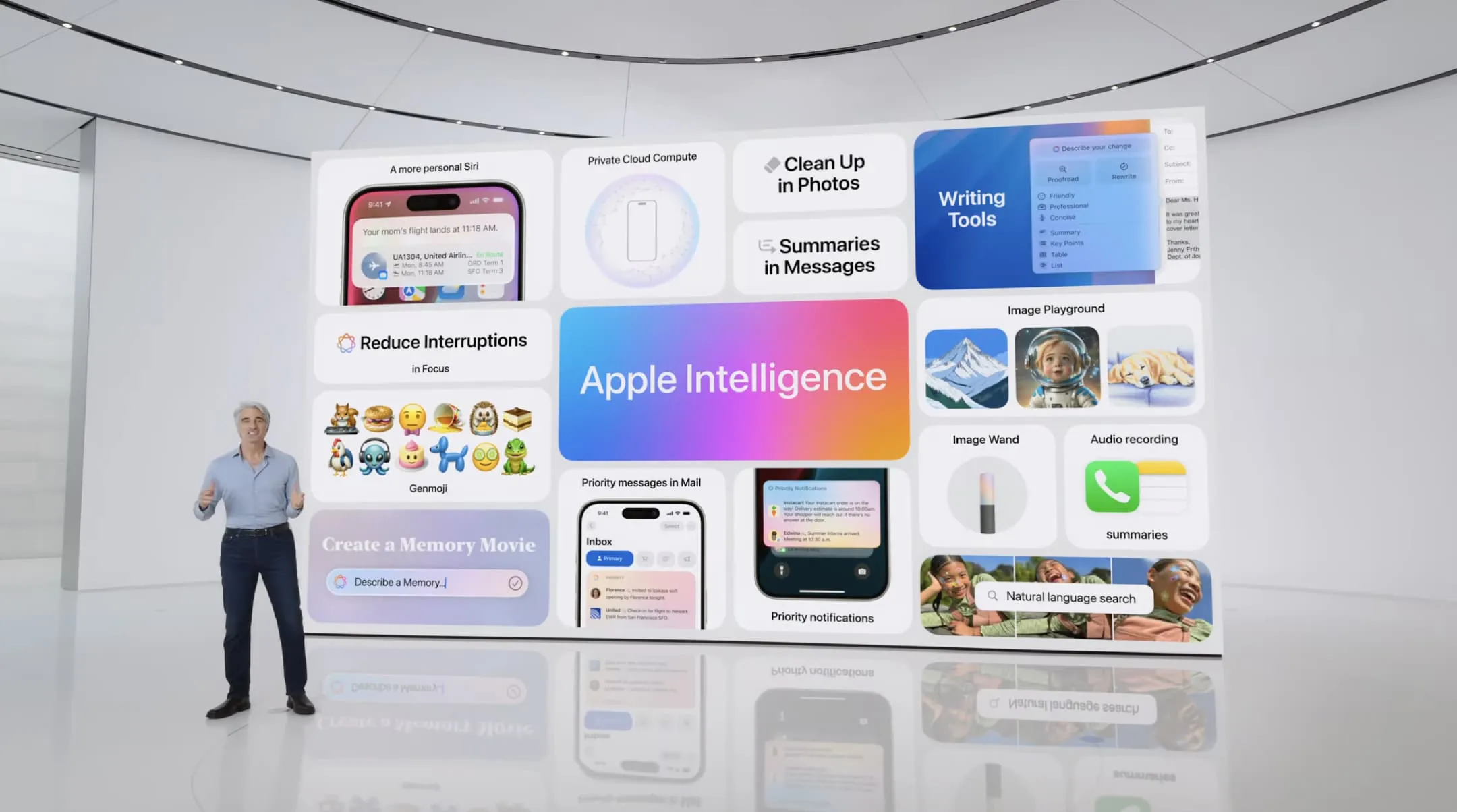The tech world is abuzz with Apple’s latest moves, as the company has rolled out a series of beta updates for its various operating systems, including watchOS, tvOS, and a firmware update for the MagSafe Charger. These updates, while seemingly minor on the surface, offer intriguing glimpses into Apple’s plans and its ongoing commitment to refining its ecosystem.
watchOS 11.3 Beta 3: A Glimpse into Home Automation Expansion?
Apple has recently released the third beta version of watchOS 11.3 to developers, continuing its cycle of iterative improvements. While no groundbreaking new features have been immediately apparent, eagle-eyed developers have uncovered hints within the code suggesting a potential expansion of HomeKit compatibility. The whispers point towards the integration of robot vacuums as a supported category within the Home app on watchOS. This would be a significant step in enhancing home automation control directly from the wrist, allowing users to manage their cleaning routines with greater ease.
This update follows the second beta released just a week prior, indicating a focused effort from Apple to polish the software and address any underlying issues. The beta is currently available for registered developers to download and test through the Watch app on their iPhones. While an official release date hasn’t been explicitly announced, industry speculation suggests a late January launch, potentially aligning with the release of other major operating system updates like iOS 18.3, iPadOS 18.3, and macOS Sequoia 15.3.
MagSafe Charger Firmware Update: Subtle Enhancements Under the Hood
In addition to the operating system betas, Apple has also quietly pushed out a firmware update for its 25W MagSafe Charger. This update, bringing the firmware version to 2A143 from the previous 2A138, applies to chargers compatible with iPhone 12 and later models, as well as the latest AirPods and Apple Watch.
The MagSafe Charger, originally released alongside the iPhone 12 lineup and later updated to support faster charging with newer iPhone models, has become a popular accessory for its convenient wireless charging capabilities. The 2024 iteration, introduced with the iPhone 16 series, boasts charging speeds of up to 25W for compatible devices, while earlier iPhone models from the 12 to 15 series are capped at 15W.
Apple typically releases these firmware updates silently over the air, without providing detailed release notes. This leaves users to speculate about the specific improvements or bug fixes included in the update. The process for updating the MagSafe Charger’s firmware involves simply plugging it in and connecting it to an Apple device. While there isn’t a manual trigger for the update, the connection is necessary to initiate the process. Users can check their MagSafe Charger’s firmware version through specific settings within their connected device.
tvOS 18.3 Beta 3: Refining the Entertainment Experience
Apple has also seeded the third beta of tvOS 18.3 to developers, continuing its efforts to enhance the Apple TV experience. This beta, also released a week after the second beta, is available for registered developers to download through the Settings app on their Apple TVs. Alongside this, Apple has also released a new HomePod 18.3 beta software.
Similar to the watchOS beta, no major new features have been immediately identified in tvOS 18.3 Beta 3. However, code analysis suggests the potential for HomeKit integration with robot vacuums, mirroring the possible addition to watchOS. This would further unify Apple’s ecosystem, allowing users to control their smart home devices across multiple platforms.
Furthermore, the code hints at a new notification regarding digital movie and TV show sales, potentially providing users with more transparent information about their digital purchases. The anticipated release of tvOS 18.3 is expected to coincide with the other operating system updates in late January, creating a unified refresh across Apple’s device ecosystem.
A Holistic Approach to Improvement
These simultaneous beta releases and firmware updates demonstrate Apple’s commitment to continuous improvement across its entire product line. While the changes may appear incremental individually, they collectively contribute to a more polished, interconnected, and feature-rich user experience.
The potential expansion of HomeKit compatibility across watchOS and tvOS highlights Apple’s focus on building a cohesive smart home ecosystem, while the MagSafe Charger firmware update underscores the company’s dedication to optimizing even its smallest accessories. As the expected release date in late January approaches, anticipation is building for the official rollout of these updates and the refinements they bring to the Apple user experience.


